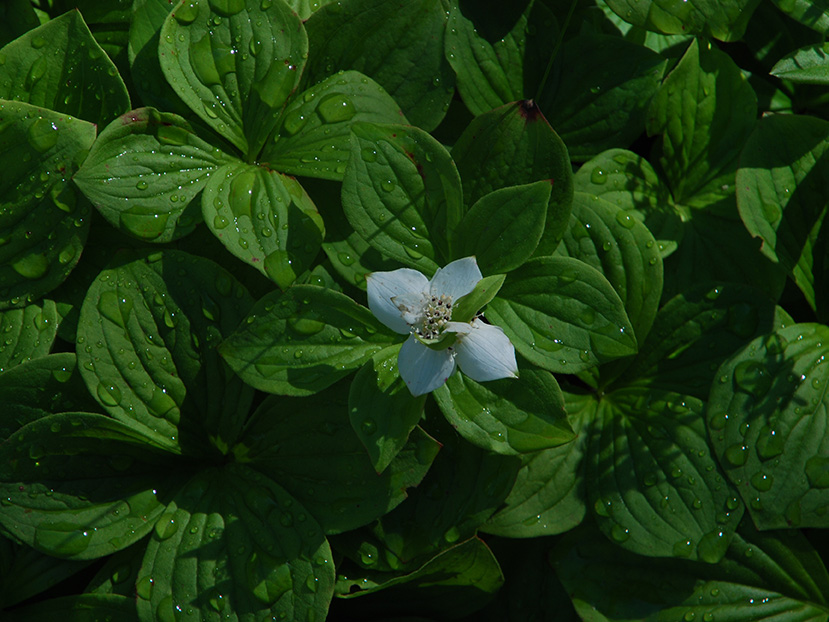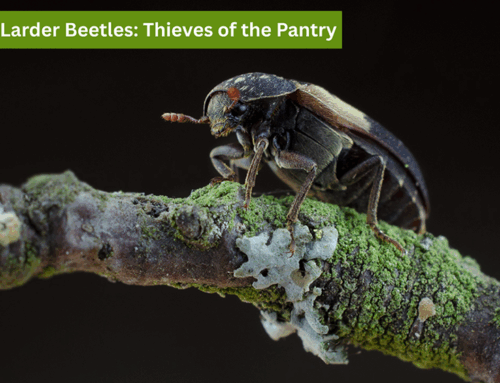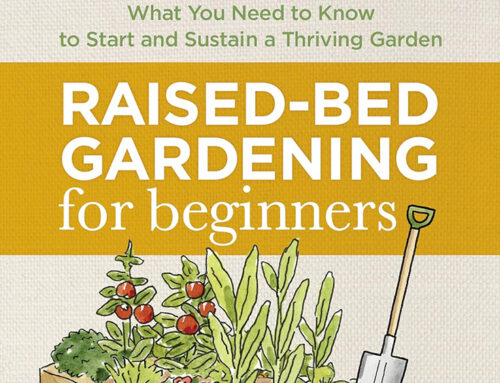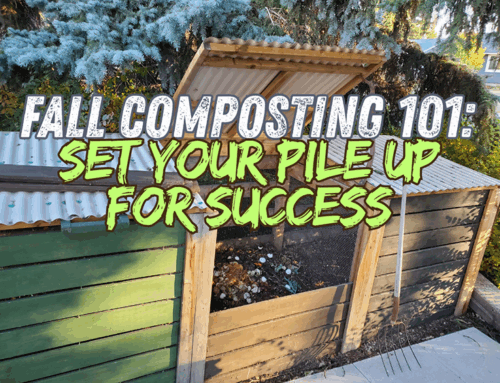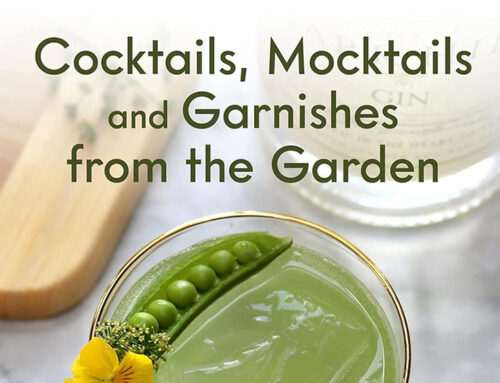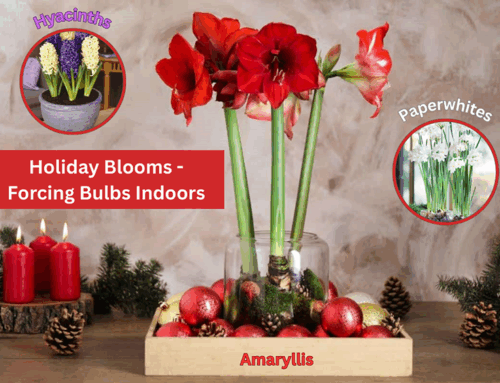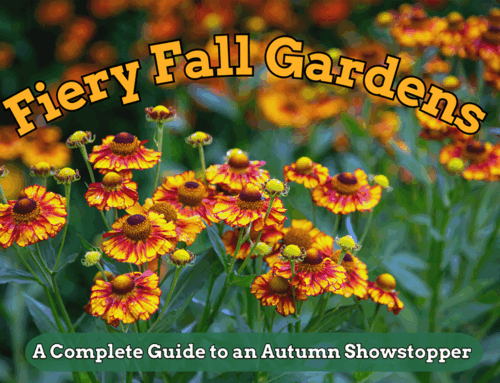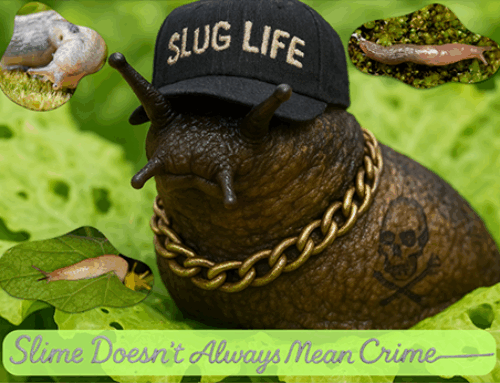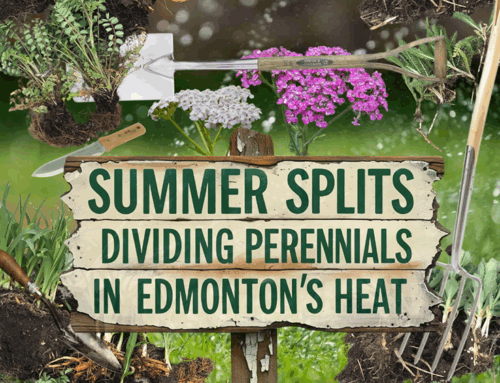Go Wild With Native Plants
by Brett Kerley
As winter transitions into spring, February is the perfect time for Edmonton gardeners to start planning their gardens. One of the most rewarding and sustainable approaches is to incorporate native plants into your landscape. Native plants enhance biodiversity, require less maintenance, conserve water, and support local wildlife. In this article, we explore the benefits of native plants and offer practical tips on how to create a thriving, nature-friendly garden in Edmonton.
Why Choose Native Plants?
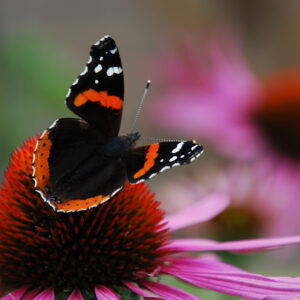 Native plants have evolved to thrive in Edmonton’s climate and soil conditions, making them well-adapted to local weather patterns, including cold winters and dry summers. Here are some key benefits:
Native plants have evolved to thrive in Edmonton’s climate and soil conditions, making them well-adapted to local weather patterns, including cold winters and dry summers. Here are some key benefits:
- Low Maintenance – Native plants need less water, fertilizer and pest control compared to non-native species.
- Supports Wildlife – Birds, butterflies, bees, and other pollinators rely on native plants for food and habitat.
- Water Conservation – These plants are adapted to local precipitation levels, reducing the need for supplemental watering.
- Resilience – They are naturally resistant to local pests and diseases, decreasing the need for chemical interventions.
- Soil Health – Native plant roots improve soil structure and prevent erosion.
Choosing Native Plants for Edmonton
When selecting native plants, consider a mix of wildflowers, shrubs, and grasses to create a balanced ecosystem. Here are some great choices:
-
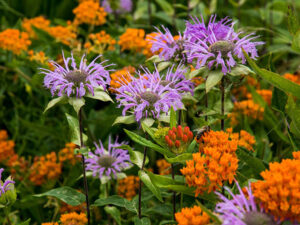
Wild bergamot
Wildflowers:
- Prairie Crocus (Anemone patens) – One of the first flowers to bloom in spring.
- Fireweed (Chamerion angustifolium) – A tall, striking plant that attracts pollinators.
- Black-Eyed Susan (Rudbeckia hirta) – A cheerful, drought-resistant flower.
- Gaillardia (Gaillardia aristata) – A hardy, long-blooming wildflower that thrives in poor soil.
- Wild Bergamot (Monarda fistulosa) – Attracts bees and butterflies with its fragrant lavender flowers.
- Harebell (Campanula rotundifolia) – Delicate blue flowers that bloom throughout the summer.
- Three-Flowered Avens (Geum triflorum) – Unique seed heads resemble wisps of smoke, adding texture to the garden.
- Yarrow (Achillea millefolium) – Drought-tolerant and great for pollinators.
-
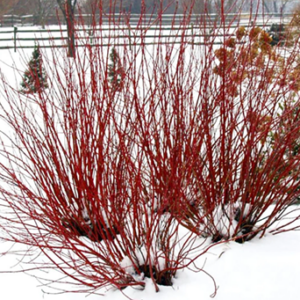
Red Osier Dogwood
Shrubs:
- Saskatoon Berry (Amelanchier alnifolia) – Produces edible berries loved by birds and humans alike.
- Red-Osier Dogwood (Cornus sericea) – Offers year-round interest with bright red stems in winter.
- Wild Rose (Rosa acicularis) – Alberta’s provincial flower, known for its fragrant blooms.
- Snowberry (Symphoricarpos albus) – Produces white berries that persist into winter, providing food for birds.
- Buffaloberry (Shepherdia canadensis) – A drought-tolerant shrub that supports wildlife with its bright red berries.
- Chokecherry (Prunus virginiana) – Provides fragrant spring flowers and dark berries for birds.
- Highbush Cranberry (Viburnum trilobum) – Features bright red berries and vibrant fall foliage.
- Grasses:
- Big Bluestem (Andropogon gerardii) – A tall, ornamental grass that provides shelter for insects and birds.
- Northern Wheatgrass (Elymus lanceolatus) – Hardy and drought-resistant, perfect for stabilizing soil.
- June Grass (Koeleria macrantha) – A low-growing native grass with fine, delicate blades.
- Blue Grama Grass (Bouteloua gracilis) – A warm-season grass that adds texture and movement to the garden.
- Western Porcupine Grass (Hesperostipa curtiseta) – Features striking seed heads that add visual interest.
- Slender Wheatgrass (Elymus trachycaulus) – A versatile, fast-growing grass that works well in restoration projects.
Creating a Native Plant Garden
- Plan Your Layout
● Group plants with similar water and sunlight needs together.
● Arrange taller plants at the back and shorter plants at the front for visibility and accessibility. - Prepare the Soil
● While native plants are well-suited to local conditions, adding compost can improve soil structure and fertility.
● Avoid chemical fertilizers and pesticides to maintain ecological balance. - Encourage Pollinators
● Incorporate a variety of flowering plants to ensure blooms from spring to fall.
● Provide habitat elements like rock piles, logs, and water sources for birds and insects. (see article Dead Wood Keeps It Lively) - Use Mulch and Ground Cover
● Mulch helps retain moisture and suppress weeds, reducing the need for watering and maintenance.
● Native ground covers like wild strawberry (Fragaria virginiana) and kinnikinnick (Arctostaphylos uva-ursi) can provide a natural alternative to grass. - Be Patient and Let Nature Take Its Course
● Native gardens take time to establish, but once settled, they require minimal upkeep.
● Resist the urge to over-prune or remove dried seed heads, as they provide food for birds in winter.
Biodiversity Groups in Edmonton & Area
If you’re interested in learning more or getting involved in native plant conservation, consider connecting with these local biodiversity organizations:
- Edmonton Native Plant Society – Focuses on the promotion and preservation of native plants in the region.
- Edmonton River Valley Conservation Coalition – Engages in the stewardship of the North Saskatchewan River watershed.
- Wagner Natural Area Society – Protect and manage the physical and biological integrity of Wagner Natural Area.
- Alberta Native Plant Council – Advocates for the conservation of native plant species across Alberta.
- Nature Alberta – Supports various conservation programs and citizen science initiatives.
- Beaver Hills Biosphere – Works to preserve the ecological integrity of the Beaver Hills region.
- Edmonton and Area Land Trust – Protects natural habitats and fosters stewardship.
- Alberta Mycological Society – Promotes awareness and conservation of native fungi, which play an essential role in ecosystem health.
Final Thoughts
By integrating native plants into your garden, you contribute to Edmonton’s biodiversity and create a resilient, beautiful outdoor space. Whether you’re attracting pollinators, conserving water, or simply enjoying the natural beauty, native plants offer countless benefits. Start planning your garden now and watch nature flourish right in your backyard!
Happy planting, and may your garden be as wild and wonderful as nature intended!

